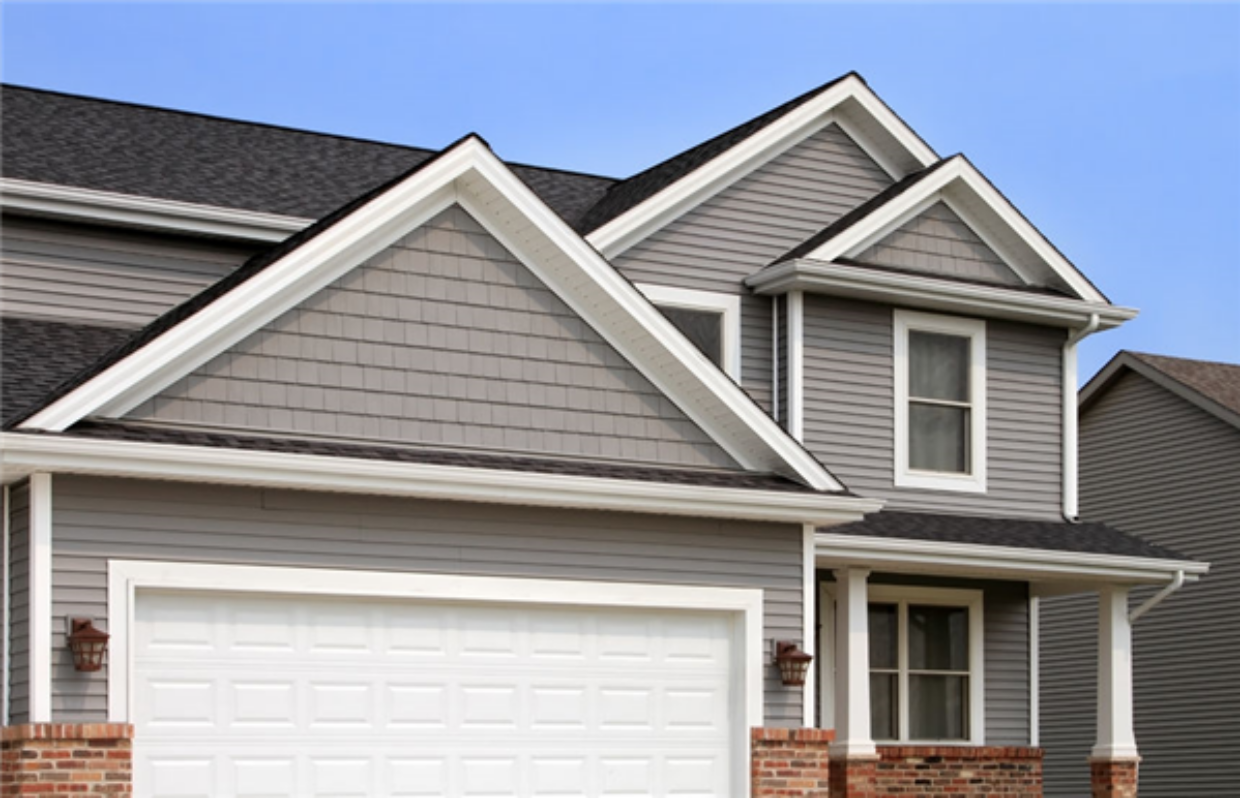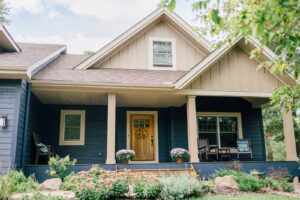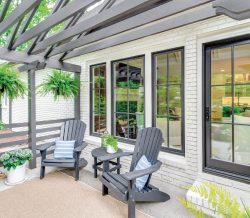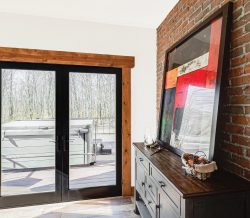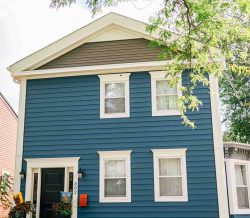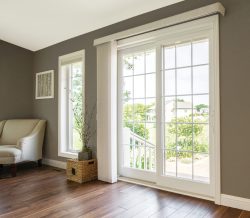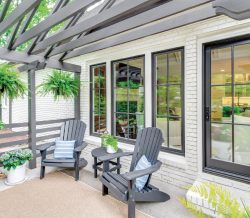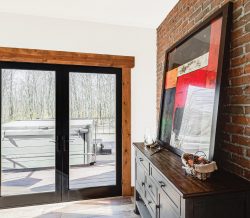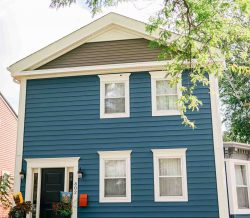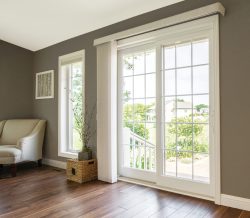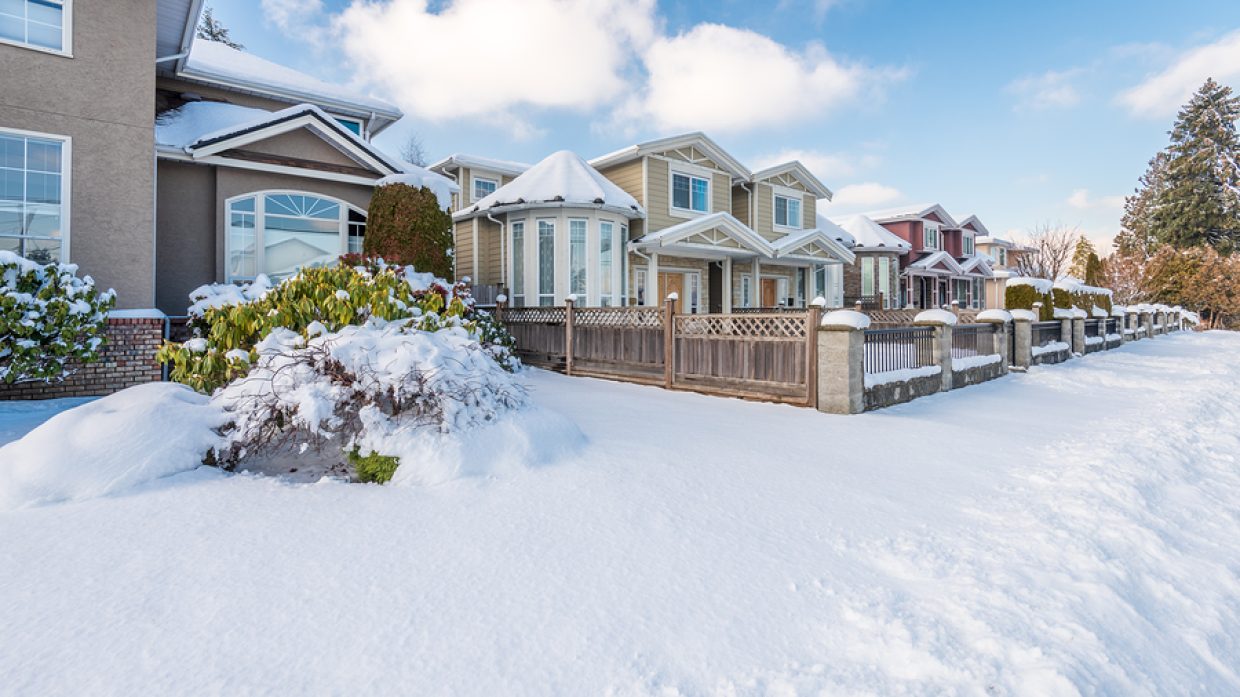
Warm colors, hot drinks, and a whole lot of leaf-raking—fall is officially here! People across Minnesota and Wisconsin are reveling in the gentle temperatures and the gorgeous scenery, savoring their last opportunities to enjoy the outdoors before winter strikes.
However, as relaxing as the fall atmosphere can be, the wrath of winter in our northern climates requires that we prepare our houses to weather it. After all, aside from being one of the largest investments many people will ever make, our houses are the only things that stand between us and that lovely -30 degree winter windchill our states know and love. For survival’s sake (and that of energy bills everywhere), Minnesotans and Wisconsonites alike are wise to run a thorough winterization process on their homes.
That winterization process starts with your siding. C&T Siding, a siding contractor, explains why below, as well as what you can do to make sure your siding keeps your family warm this winter.
Why Should You Winterize Your Siding?
Seamless siding acts as a shield between your home’s relatively fragile wooden interior and the harsh, wet winter weather outside. Without it, your home would quickly succumb to the elements, as things such as insulation systems and wooden support beams aren’t designed to hold up without protection in the heavy snow.
Of course, most people already have siding on their homes; we’re talking winterization here, not building a house from the ground up! A proper pre-winter check-in simply ensures that your siding is airtight, without chinks, bends, or warps that leave your home’s innards exposed to things it isn’t made to handle.
Why winterize? If your siding is mostly in good shape, isn’t that good enough? Not quite. Chinks in your home’s armor and wintertime weather can add up to many unfavorable outcomes, including:
- Mammals moving in. It’s warm and protected inside the walls of your house—a perfect place for hibernating mammals to nest for the season. Raccoons, opossums, squirrels, mice, and bats all can wriggle in through holes in your siding and take up residence where they shouldn’t. Seeing as some of the aforementioned animals spread both viral and bacterial disease (racoons in particular are a nuisance), it’s best to maintain your siding and encourage them to nest in the wild, where they belong.
- Insects invading. Mammals aren’t the only things seeking a warm place to overwinter. Insects need protection from the snow and ice, and a home with warped and gapped siding is an easy target. Though some types of overwintering pests, such as Boxelder Bugs, are harmless to humans, their presence certainly is unsightly. Other insects that overwinter, however, can do some serious damage to your home and valuables. Some species, like termites, chew away at any and all wood they can find, while others like Larder Beetles prefer furs and hides. If it’s organic, you can bet that it creates a food source for some insect somewhere! Keeping these overwintering pests away requires making your home as unappealing to them as possible. In other words, maintain your siding to dissuade bugs; gaps and crevices make perfectly warm wintertime abodes.
- Sky-high electric bills. In addition to keeping cold air out of your home, well-done siding installation also holds warm air in. Warped or chipped siding, in contrast, lets heat leak out of your home through the gaps. While this can certainly make things chilly, to say the least, it also can lead to your heater or propane system working overtime to compensate. That’s hard on the environment as well as your pocketbook.
As you can see, proper winterization keeps your family, wallet, and the environment healthy. What can you do to winterize?
How to Winterize Your Siding
- Check, check, check again. It’s as easy as walking around your house and taking a good hard look. Take note of any piece of siding that doesn’t have a uniform appearance; it most likely will need replacement. To keep organized and to assess the severity of the problem, you can even draw a diagram of your house on graph paper, marking problem areas as you inspect.
- Consider upgrading. Certain siding types are absolutely horrible in cold weather. Wood and clapboard, for example, shrink and expand along with the temperature, increasing the likelihood that pests will find their way into your home. Consider more cold-friendly options, such as steel siding, and put in a request for work before the weather gets too cold.
- Hire a professional. While caulk can fix minor damage, always call a professional if you have any concern about your siding’s ability to stand up to winter weather. It’s an investment that will stop stress and pay for itself in the long run.
Contact C&T Siding for All your Siding Needs
Our team of trained professionals can help you keep your family safe and warm this winter—and, since we’ve been around since 1978, we’ve seen many a winter! To get started on your siding replacement, give us a call today at 715-749-3162.



